Search results for 'de 1 2'
-
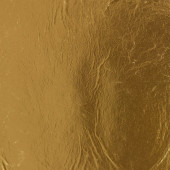
Japanese Gold 24ct
Starting at: £71.00
Highest quality 24ct gold leaf from Japan. Leaves measure 109×109mm and are approximately 0.1μ~0.2μ in thickness. These Tachikiri (contemporary) leaves are beaten in between glassine paper which leaves a much softer impression on the surface of each leaf, resulting in a slightly shinier finish than the more traditional Enzuke gold leaf. Each pack contains 10 leaves. Learn More -
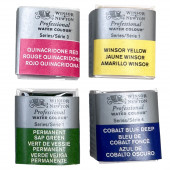
W&N Professional Watercolour Half Pan
Starting at: £7.90
Water colour, more than any other medium, reflects the unique characteristics of the pigments used. Winsor & Newton Professional Water Colours use only the finest pigments and are known for their brilliance, permanence and strength of colour. Learn More
-
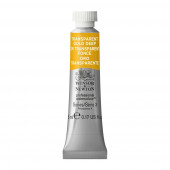
W&N Professional Watercolour 5ml Tube
Starting at: £8.25
Water colour, more than any other medium, reflects the unique characteristics of the pigments used and our Professional Water Colours use only the finest pigments, and are known for their brilliance, permanence and strength of colour. Learn More
-
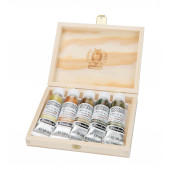
Schmincke Horadam Supergranulating Set Desert
Starting at: £69.90
Schmincke Horadam Supergranulating Set Desert, 5 x 15ml tubes. Learn More -
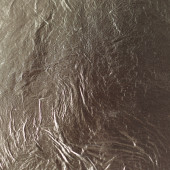
Japanese Gold 14,3ct
Starting at: £48.00
Highest quality 14,3ct gold leaf from Japan. Leaves measure 109×109mm and are approximately 0.1μ~0.2μ in thickness. These Tachikiri (contemporary) leaves are beaten in between glassine paper which leaves a much softer impression on the surface of each leaf, resulting in a slightly shinier finish than the more traditional Enzuke gold leaf. Each pack contains 10 leaves. Learn More -
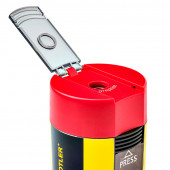
STAEDTLER Single-Hole Tub Sharpener in Noris Design
£4.00Single-hole tub sharpener for standard-sized black lead pencils up to 8.2 mm Ø with a sharpening angle of 23° for clear and accurate lines. The sharpener has a hinged cover to prevent shavings from spilling and lid with safety lock to avoid accidental opening.
Learn More -
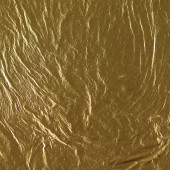
Japanese Gold 22,66ct
Starting at: £55.00
Highest quality 22,66ct gold leaf from Japan. Leaves measure 109×109mm and are approximately 0.1μ~0.2μ in thickness. These Tachikiri (contemporary) leaves are beaten in between glassine paper which leaves a much softer impression on the surface of each leaf, resulting in a slightly shinier finish than the more traditional Enzuke gold leaf. Each pack contains 10 leaves. Learn More -
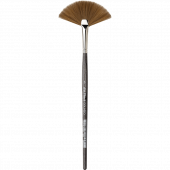
da Vinci Series 422 COLINEO Watercolour brush, fan brush
Starting at: £9.60
COLINEO Fan brush - Composition of straight and wavy synthetic fibres in different lengths with extra fine tips, precise point, high elasticity and colour absorption. - Handle made of water-resistant, hi-tech multicolour laminated wood - Ideal for watercolour painting - Very similar to Kolinsky Red Sable hair brushes Learn More -
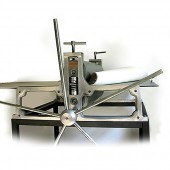
Cornelissen T73140 Professional Press
£3,800.00Cornelissen Press T73140, Bed size: 73 x 140 cm, Upper Roller Diameter: 157 mm, Lower Roller Diameter: 157mm, Etching press base: 78.5 x 91 cm. Weight: 148 kg. We offer press demonstrations for this model. Please call Cornelissen for more details. This press is made to order. Delivery to your address usually takes up to 4 weeks to UK & EU countries and 6 weeks to USA after the order is placed. Please be aware these goods are heavy and it is the customer’s responsibility to check measurements for delivery before orders are placed and to be able to receive the goods over two days.
Learn More -
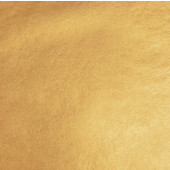
Cornelissen 80 Pure Gold Leaf 24 ct
Starting at: £73.50
Pure Gold Leaf 24 ct, 80 x 80 mm. Book of 25 leaves. Coverage per book is 0.16 m2 (1.69 sq. feet) Learn More -
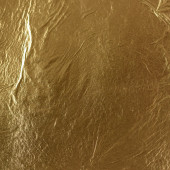
Japanese Gold 23,44ct
Starting at: £60.00
Highest quality 23,44ct gold leaf from Japan. Leaves measure 109×109mm and are approximately 0.1μ~0.2μ in thickness. These Tachikiri (contemporary) leaves are beaten in between glassine paper which leaves a much softer impression on the surface of each leaf, resulting in a slightly shinier finish than the more traditional Enzuke gold leaf. Each pack contains 10 leaves. Learn More -
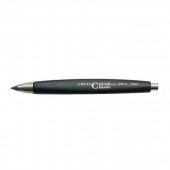
Cretacolour Classic Lead Holder
£16.80Cretacolour Classic Lead Holder. Supplied with 5mm 2B lead. Learn More -
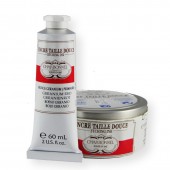
-

Cornelissen Gold Edible Crumbs 23 carat
£49.00The sprinkles are made by crumbling gold leaves. Can be sprinkled on an type of food. 23 carat gold. 125 mg Learn More -
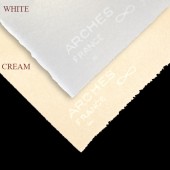
Velin Arches Printmaking Paper
Starting at: £7.15
Mould made, 100% rag, acid free, soft textured surface, 250 gsm. White or cream. Pack quantity 25 sheets. Learn More -
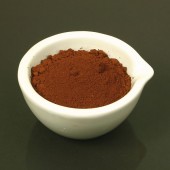
-
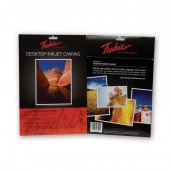
Fredrix Inkjet Canvas Pack
Starting at: £16.90
Call to Order
340GSM, A4, 10 Sheets, Poly-Cotton Blend. Learn More -
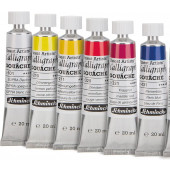
Schmincke Calligraphy Gouache
Starting at: £10.95
Brilliant and mainly opaque colours specially developed for use in calligraphy. Superfine pigments. Ideal for making inks. Non waterproof. Learn More -
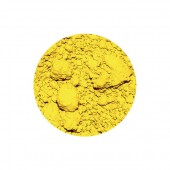
Cobalt Yellow Pigment
Starting at: £8.80
Cobalt Yellow Pigment, Aureolin (PY40). Synthetic Inorganic pigment (Potassium Cobaltinitrate). Transparent. Good tinting strength. Very good Lightfastness. Medium to high oil absorption. Suitable for all media except Lime-fresco. Used since mid 19th Century. Toxicity C.
Please note, unfortunately we are not able to send this product outside the UK.
Learn More -
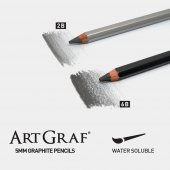
ArtGraf Water Soluble Pencil
Starting at: £1.30
Water-soluble graphite pencils in two soft grades - 2B and 6B. Learn More -

Liquitex Heavy Body 59ml
Starting at: £10.30
A range of artists quality acrylics which are durable, permanent and do not yellow with age. Heavy Body colour has a thick, buttery consistency and oil-like performance. Learn More -

Canson Bristol Paper
Starting at: £76.15
Canson Bristol paper in a bright white shade with an extra smooth surface. Acid free. Pack quantity 50 sheets. Learn More -
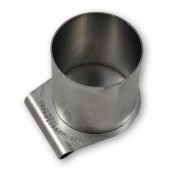
Cornelissen Dippers
Starting at: £15.00
Cornelissen Dipper, 19th-century styling, beautifully engineered in stainless steel with no seam showing on the outside. Learn More -
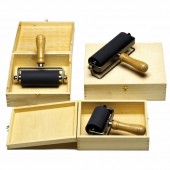
Superior Extra Soft Rubber Rollers
Starting at: £212.00
Extra Soft (35 shore) NBR rubber rollers suitable for fine relief printing (lino, wood engraving and wood cut) and intaglio applications. The surface of the soft rubber is machined several times with a special grinder to achieve the complete smoothness of the rollers. Solid heavy metal handle. Each roller is supplied in secure wooden box. Learn More -
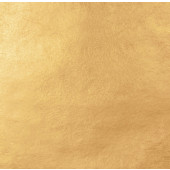
Cornelissen 80 Warm Gold Leaf 23 3/4 ct
Starting at: £65.00
Warm Gold Leaf 23.5 ct, 80 x 80 mm. Book of 25 leaves. Coverage per book is 0.16 m2 (1.69 sq. feet) Learn More -
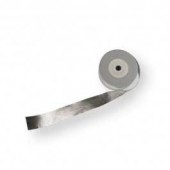
-
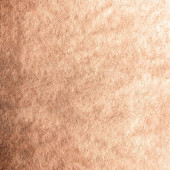
Cornelissen 80 Rose Gold Leaf 22 ct
Starting at: £73.20
Rose Gold Leaf 22 ct, 80 x 80 mm. Book of 25 leaves. Coverage per book is 0.16 m2 (1.69 sq. feet) Learn More -
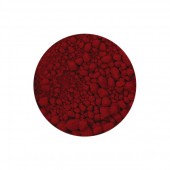
Carmine Red Genuine Pigment
Starting at: £10.00
NR4
Carmine has been used as a dye and pigment since antiquity. Originally derived from the kermes insect, it was replaced by cochineal following the discovery of the Americas. It has a good tinting strength and is very transparent, although it is fugitive to light.
Larger quantities are available by request.
Learn More -
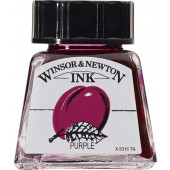
Winsor & Newton Drawing Inks
Starting at: £4.80
The Winsor & Newton Drawing Inks can be intermixed and diluted with distilled water. Not lightfast (except Black and White). All colours are transparent and water resistant once dry (except Gold & Silver). Learn More -
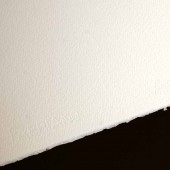
Fabriano Artistico Paper Traditional
Starting at: £46.10
Gelatine free. A mould-made, acid-free 100% cotton watercolour paper with 2 deckle edges.
Mail-order customers are able to buy this paper in packs of 10 sheets. Single sheets are also available in our shop.
Learn More





